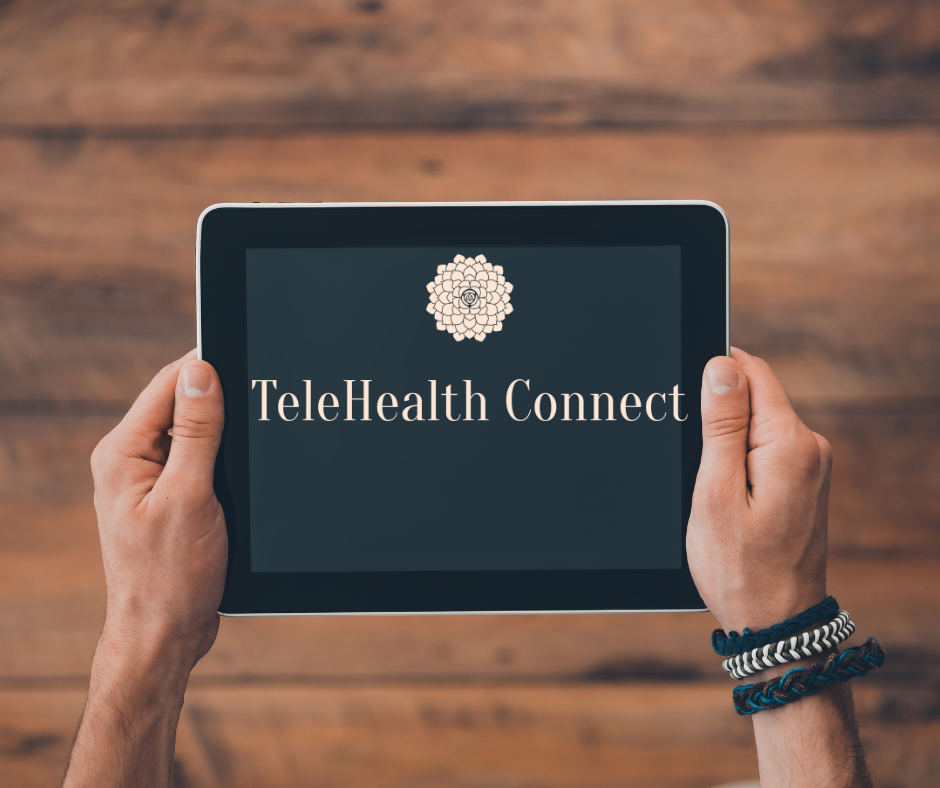As seasons change and sniffles spread, the common cold remains an unavoidable part of life for many. These upper respiratory tract infections (URTIs) are the most frequent infectious diseases globally, typically self-limited, but capable of impacting our productivity and leading to unnecessary doctor visits. While traditionally a trip to the doctor’s office was the norm for any health concern, telehealth has emerged as a routine, safe, and effective way for patients to access health care services, including for common cold management.
Telehealth, an umbrella term that includes telemedicine (providing clinical services remotely), has seen significant growth, especially over the past five years, largely due to waivers that expanded its use. It has proven to be a highly satisfying option for both patients and clinicians, dispelling earlier concerns that it would increase healthcare costs or utilization. In fact, studies show that telehealth doesn’t lead to additive or duplicative care and often doesn’t require an in-person follow-up.
Why Choose Telehealth for Your Common Cold?

- Convenience and Accessibility: Telehealth allows you to receive care from the comfort of your home, eliminating the need for travel and exposure to other illnesses in waiting rooms. This is especially beneficial for managing a self-limited illness like the common cold, whose symptoms typically last 7 to 10 days.
- Reduced Healthcare Burden: By managing common cold symptoms remotely, telehealth can help alleviate the strain on physical medical infrastructure and potentially reduce staff needs.
- Efficient Assessment and Guidance: For most common cold cases, which are primarily caused by viruses like rhinovirus, a clinical diagnosis is sufficient and does not require extensive testing. Telehealth providers can assess your symptoms – such as malaise, nasal congestion, sneezing, sore throat, cough, and occasional fever – and offer guidance. A large study found that patient-scheduled telemedicine visits for initial concerns, including upper respiratory tract infection symptoms, did not result in increased emergency department or hospital utilization compared to in-person visits.
- Smart Symptom Management: The primary treatment for the common cold is symptom relief. Through telehealth, clinicians can advise on appropriate over-the-counter medications like analgesics for sore throat, ipratropium for rhinorrhea, and adrenergic agents for nasal congestion. They can also suggest non-pharmacologic strategies such as cool mist humidifiers, sterile saline nasal sprays, and even honey for cough relief (though not for children under one year old).
- Critical for Antibiotic Stewardship: One of the most significant benefits of telehealth and common cold management is its role in combating antibiotic overuse. URTIs are often treated with unnecessary antibiotics, contributing to antibiotic resistance. Telehealth provides an ideal platform for clinicians to educate patients that antibiotics offer no benefit for viral common colds and can cause adverse effects. In some telemedicine settings, antibiotic administration for viral URIs was found to be lower than with usual care. Effective communication skills are essential for clinicians to guide patients on appropriate treatment without antibiotics.
Important Considerations for Telehealth and Common Cold Management

While highly beneficial, it’s crucial to recognize when in-person care might be necessary. Symptoms like high fever, severe pharyngitis or tonsillitis, ear pain, cervical adenopathy, wheezing, a productive cough, or dyspnea warrant further investigation beyond a typical common cold diagnosis and may require an in-person examination.
Furthermore, equitable access to telehealth remains a key challenge. Patients who are older, non-white, live in rural areas, or come from lower socioeconomic groups tend to use telehealth at lower rates due to factors like a lack of access to enabling technologies such as broadband, reliable Wi-Fi, or smartphones. Policymakers and healthcare leaders are urging cross-agency collaboration to develop training and infrastructure investments to bridge this digital divide and support digital literacy.

Telehealth is no longer a temporary solution but a permanent fixture in American healthcare. Organizations like the American Hospital Association (AHA) are advocating for Congress to make pandemic-era telehealth flexibilities permanent. This includes lifting geographic and originating site restrictions, allowing various health centers to serve as distant sites, expanding the types of practitioners who can provide telehealth, removing arbitrary in-person visit requirements, and ensuring the continuation of audio-only services. These measures are vital to ensure that telehealth can continue to serve as a critical tool, particularly in addressing physician shortages and improving access for rural and medically underserved areas.
As we move forward, embracing telehealth and common cold management can empower patients with convenient access to care and support clinicians in providing effective, evidence-based treatment, all while promoting responsible antibiotic use.
Ready to experience the convenience of remote care for your common cold? Schedule your telehealth appointment with us today.
Want to dive deeper into telehealth? Check out our related posts below:


